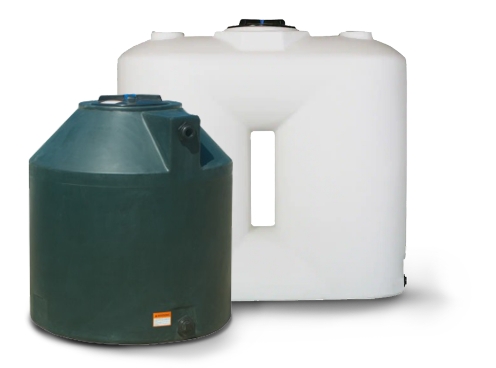Fire prevention at home encompasses more than just smoke alarms; it’s a comprehensive strategy ensuring your family and property are safe from fire threats. Preparedness is key, and it involves understanding the risks and having the tools to mitigate them.
Consider these preventative tips


Regular Inspections
Ensure that your property and structures are regularly inspected for potential fire hazards. According to the National Fire Protection Association (NFPA), approximately 49% of home fires are caused by electrical failures, heating equipment, and other hazards that regular inspections can uncover.


Escape Routes
Establish and practice escape routes to ensure that your family can safely exit the premises in case of a fire emergency. A study by the American Red Cross found that only 26% of families have developed and practiced a home fire escape plan.


Creating Defensible Space
Keep your property clear of debris and flammable materials to create a defensible space around your home. The NFPA also reports that wildfires can spread rapidly in dry, debris-laden areas.


Hydrating Your Property
Recognize the importance of maintaining a hydrated property, as dry surroundings are more prone to blaze. The U.S. Fire Administration notes that maintaining proper hydration can reduce fire spread. In fact, studies show that well-hydrated properties experience a significant reduction in the spread of fires. Proper hydration can reduce the risk of fire incidents by up to 50%, making it a critical aspect of fire prevention and protection.
The Heart of the Matter: Water Supply
The core of any fire prevention strategy is a reliable water supply. Firefighters rely on an immediate and abundant water source to combat blazes effectively. On average, a single-family home fire can require anywhere from 3,000 to 4,000 gallons of water to control and extinguish the flames. However, many homes face a significant challenge: insufficient water supply for firefighting. According to NFPA, inadequate water supply is one of the top challenges in firefighting operations.


The Role of Rain Harvesting
Rain harvesting emerges as a solution that can bridge the gap between limited municipal water supply and the stringent demands of firefighting. Rain harvesting systems collect and store rainwater for various uses, including fire protection. It’s a resource that is both environmentally friendly and practical.
Rain Harvesting: Empowering Homeowners
For homeowners, rain harvesting systems represent more than just a practical solution; they empower you to take control of your property’s safety and sustainability.




Self-Reliance
Rain harvesting fosters self-reliance. It means you’re not solely dependent on municipal water sources, which can be limited, especially during dry seasons or in rural areas.


Peace of Mind
It’s not just about physical empowerment; it’s also about peace of mind. Rain harvesting provides the assurance that, even in adverse conditions when traditional water sources may fail, you have a reservoir of safety to protect your home and loved ones.
Rain Harvesting: A Lifeline for Rural and Wildfire-Prone Areas
In rural and wildfire-prone areas, the need for alternative water sources is even more pronounced. These areas often suffer from water shortages, which are exacerbated during fire seasons. According to the U.S. Fire Administration, wildfires have seen a 10% increase in recent years, often affecting rural regions. These fires threaten not only homes but also lives, livestock, and the environment. Rain harvesting serves as a critical solution for rural and fire-prone areas. It enables residents to independently manage their water supply, aids in faster responses to fires, and supports community safety and sustainability. In such regions, rain harvesting is not just an option; it’s a vital necessity for survival and a pathway to increased resilience.


Getting Started with Rain Harvesting
The concept of rain harvesting may be new to many, but it’s a straightforward and beneficial solution. As we conclude this educational journey, we invite you to learn more about rain harvesting for fire prevention and beyond. The next step can be as simple as reaching out to our experts, who can guide you through the process and answer any questions you might have.


Assess Your Needs
Start by assessing your property’s water needs. Consider how you intend to use harvested rainwater, whether it’s for landscaping, irrigation, or fire protection. Understanding your needs will guide you in choosing the right rain harvesting system.


Pick a Space
Identify your collection surface, its size, and where you have availability to place your storage tank. Be sure to measure twice and accurately identify any dimension restrictions.


Relax
Let the experts take it from here. Call, or Live Chat into The Tank Depot and sit back and relax as they custom build you a Rain Harvest solution tailored specifically to your needs. Fire away with any questions or concerns, and this team will leave you feeling assured and educated on your new solution, intended to safeguard your peace of mind.
Related Categories













